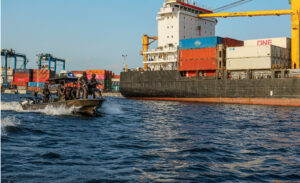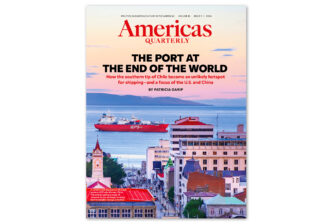This article is adapted from AQ’s special report on Latin America’s ports
The growth in nearshoring is one of the most exciting things to happen in the Americas in recent years, with millions of dollars pouring into Mexico and other countries in order to integrate the region’s supply chains.
But for this hopeful trend to continue, there’s no doubt that infrastructure must catch up. In 2023, the Inter-American Development Bank estimated that the infrastructure gap in Latin America represents 2.5% of the entire region’s GDP, or around $150 billion a year.
Traditionally people have thought of infrastructure as ports, rail, roads and airports. But telecommunications and technology are also vitally important.
For the more than 40 years that I have been working with Latin America, both governments and citizens have lamented the lack of infrastructure. Rail in particular seems like a lost opportunity, with vast networks in places like Argentina and Brazil underutilized or missing from today’s key export routes.
So what needs to happen to change the landscape?
First, governments need to decide on their infrastructure priorities and put forward robust plans to address them. This must include the role of the private sector. Successful models could include public-private partnerships or concessions where the private sector builds and operates for a fixed period (which could be renewed).
Additionally, governments must create the conditions for the investment. This includes making the process totally transparent as well as accelerating the approval process. Of course the macro environment and policies are also important. Governments must also understand the role that technology plays today in infrastructure planning, delivery and management. Finally, artificial intelligence will have a major impact on infrastructure development and management.
Modern infrastructure is the key to inclusive growth, prosperity and sustainable development. If countries around the region double down, the benefits could be enormous.











